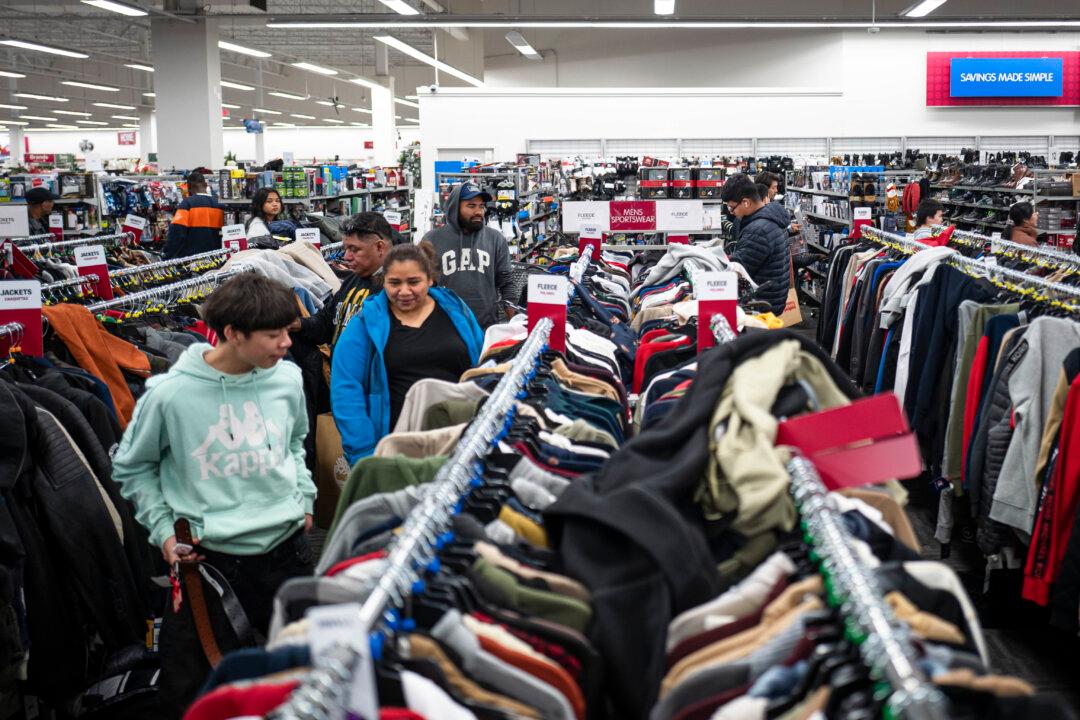U.S. inflation rose for the fourth consecutive month, reaching its highest level since June 2024, as price pressures continue to be elevated on higher shelter, energy, and food costs.
According to the Bureau of Labor Statistics, the annual inflation rate increased to 3 percent in January, up from 2.9 percent in December.
The consensus forecast suggested a flat reading of 2.9 percent.
On a monthly basis, the consumer price index (CPI) surged at a higher-than-expected pace of 0.5 percent.
Core inflation, which strips the volatile energy and food categories, jumped to 3.3 percent last month.
From December to January, the core CPI swelled 0.4 percent, slightly higher than the market estimate of 0.3 percent.
The shelter index rose by 0.4 percent monthly, accounting for about 30 percent of the January increase. For the 12-month period ending January, the index rose by 4.4 percent.
Economists and public policymakers had anticipated shelter would come down by now, but housing affordability remains a key issue in the U.S. economy.
Energy costs advanced by 1.1 percent over the month, with gasoline prices rising by 1.8 percent.
While crude oil prices have fallen over the past month, the average price for a gallon of gasoline has traveled in the opposite direction, hitting $3.15. Experts have attributed the trend to tariff concerns in global energy markets.
The food index increased by 0.4 percent monthly and is up by 2.5 percent from a year ago. Supermarket prices soared by 0.5 percent.
Within the food category, eggs endured the most significant increase, surging more than 15 percent in January. On a year-over-year basis, egg prices have soared by 53 percent.
This represented the largest increase in eggs since June 2015 and accounted for about two-thirds of the total monthly food-at-home jump.
The ongoing bird flu outbreak and higher input cost pressures have crippled eggs.
“Houston, we have a problem,” Chris Zaccarelli, chief investment officer at Northlight Asset Management, wrote in a note emailed to The Epoch Times.
Market Reaction
Before the opening bell, U.S. stocks tanked following the CPI report. The leading benchmark indexes plummeted by as much as 1 percent.U.S. Treasury yields spiked, with the benchmark 10-year yield shooting above 4.63 percent.
The greenback rocketed on hotter-than-forecast inflation. The U.S. dollar index, a measure of the buck against a weighted basket of rival currencies, surged by about 0.4 percent to above 108.4.
Investors hit the sell button on fears that the Federal Reserve (Fed) will keep interest rates higher for longer as inflation persists.
Appearing before the Senate Banking Committee, Fed Chair Jerome Powell reiterated that the central bank is not in a rush to lower interest rates.
The Federal Reserve will hold its next two-day policy meeting in March. By then, it will have digested more inflation data, another jobs report, and more clarity on the White House’s trade plans.
The Short-Term Inflation Future
Sticky inflation persists. The Atlanta Fed’s Sticky-Price CPI—a gauge of a weighted basket of items that changes prices slowly—has traveled sideways since October 2023. Last month, its year-over-year increase came in at 3.7 percent.Despite concerns that inflation could continue its upward momentum, early estimates for next month’s readings suggest that price pressures could be easing.
The next major inflation report will be the January producer price index (PPI).
Inflation in producer prices—a gauge of prices businesses pay for goods and services—is forecast to slow. This would be welcomed news for economists who typically view the PPI as a precursor to future inflation trends since it is early in the supply chain.
But while the recent uptick in inflation may have reached its zenith, various economic observers and monetary policymakers say the United States may not be out of the woods.
This month, policy experts have expressed concerns that President Donald Trump’s tariff plans could raise business and consumer prices.
Chicago Fed President Austan Goolsbee thinks it could be challenging for the U.S. central bank to gauge inflation developments amid tariffs.
“That distinction will be critical for deciding when or even if the Fed should act.”
Economists continue to debate the potential inflationary effects of tariffs.
Consumer inflation expectations have been mixed.







